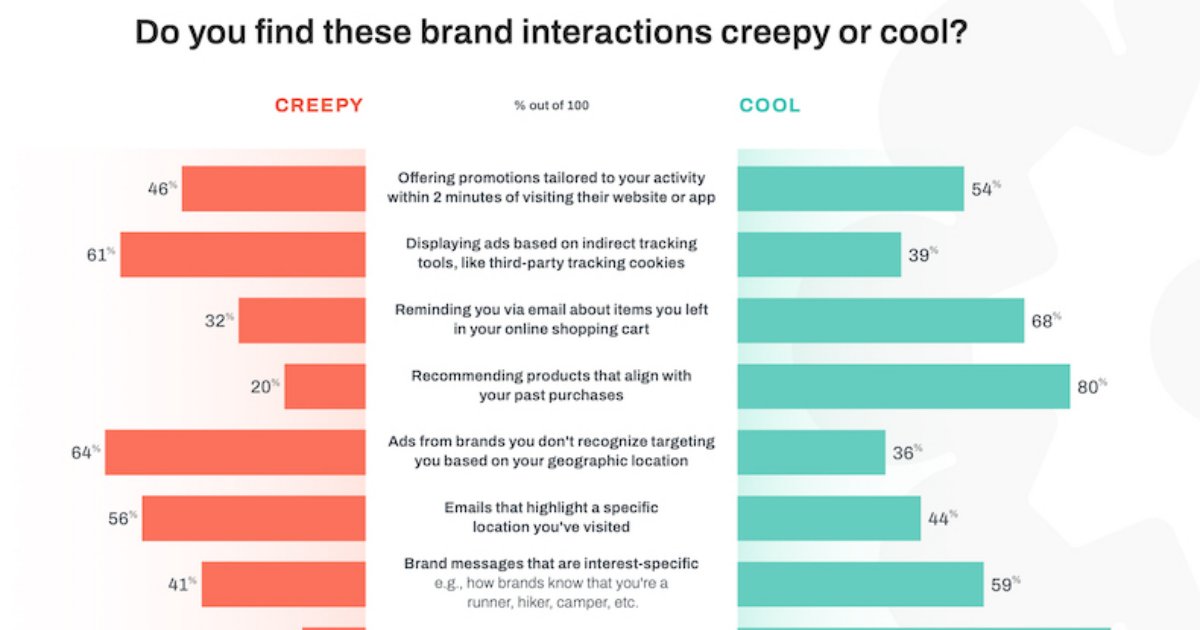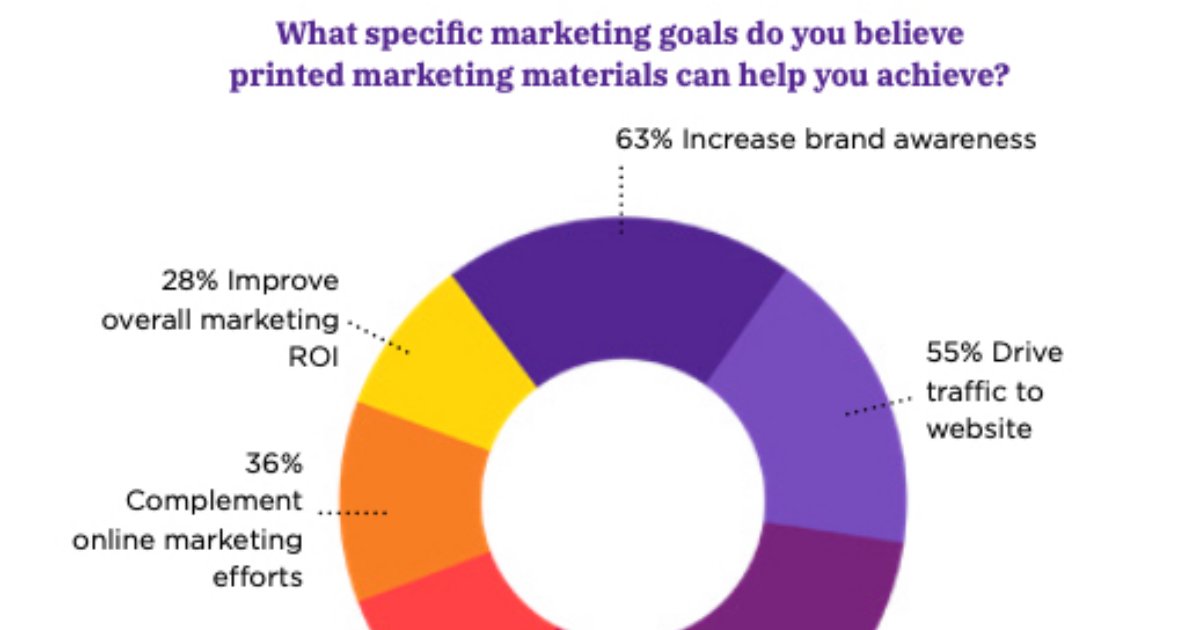Evolution. It's something we marketers know a thing or two about. In the age of new technologies, new ways of selling, and new ways of engaging customers, we're constantly evolving to stay ahead. Although evolution is the norm for us, a bigger evolutionary conundrum dominates our thinking: What does it take for passive online browsers to evolve into active buyers?
If Charles Darwin were here—and (bonus!) if he were an online marketer (because why not?)—he'd no doubt help us isolate the variables essential for progress, those at the heart of fuller shopping carts and higher conversion rates. He'd also help us select against those things that don't promote the advancement of civilization... or, at least, online shopping.
No need to take this analogy too far, but let's just say that online marketers can learn a lot from Darwin and the scientific process. As our e-commerce sites evolve via testing (and re-testing), real-world improvements, and consistent success, consumers evolve along with us. Sure, you could leave the whole evolution process up to natural selection, but why would you?
Here's are six lessons for leading the (r)evolution.















![What Is Affiliate Marketing? [Infographic]](https://i.marketingprofs.com/assets/images/articles/lg/240319-infographic-lg.jpg)

![How to Market to Introverts [Infographic]](https://i.marketingprofs.com/assets/images/articles/lg/240307-infographic-lg.jpg)

![Eight Alternatives to Google Trends [Infographic]](https://i.marketingprofs.com/assets/images/articles/lg/240305-infographic-lg.jpg)

